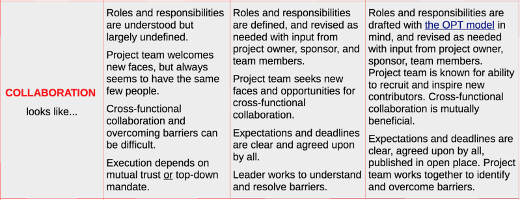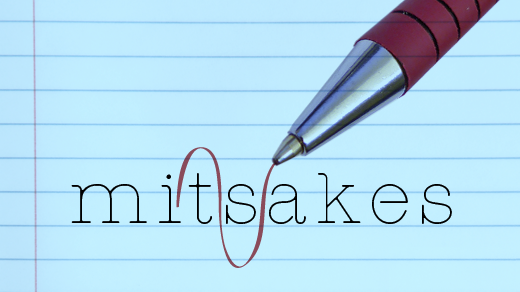"So, have you already made up your mind?" Over the video chat, Robert's face looked sunken (or maybe he was just tired?).
"I'm pretty sure," I replied.
"Well," he sighed, "If that's your decision..." A few moments of awkward silence, then we disconnected.
Clearly, Robert and I disagreed. To me, the choice was clear and obvious and didn't require much discussion. But Robert didn't see it that way. I could counter all of his objections with what I thought were sound, rational arguments (cost effectiveness, time to market, maintenance overhead). But none of those seemed to convince him. The tone in his voice was clear: He would carry out my decision, but he wouldn't agree with it.
The conversation stayed with me for days. ("If that's your decision…" echoed in my head). Until my discussion with Robert, I'd been confident I was making the right choice. But now I wasn't so sure. Did I really want the team to carry out a decision they thought was wrong, simply because I had the positional authority to make the call? Robert's level of engagement, and that of his team, was visibly diminishing. I could see it in talking to Robert, and I was also hearing it from people observing the situation. I was starting to get that feeling in my gut that tells me something isn't quite right, and then I realized: Even though I live and breathe (and frequently write about) the principles of open leadership, I hadn't really followed them in this case.
I hadn't made an open, inclusive decision, and I needed to revisit my assumptions.
A litmus test
The Open Decision Framework (a model for applying open source principles to business decisions) is nuanced. On the one hand, it's a set of guidelines you can use to operate in a more open manner when you're making decisions that affect others. On the other hand, more holistically, it represents the essence of the culture described in Jim Whitehurst's The Open Organization. Usually, making open decisions isn't as easy as following a recipe. Every situation is unique, and given the pace of activity in a typical, busy work day, it takes a concerted effort to check your actions against a set of principles--even if you are well steeped in them.
In this case, the decision seemed so clear-cut to me that I completely bypassed discussion and ideation with the team and various stakeholders. Instead, I went straight to implementation.
The few people I had consulted agreed with me (they served as my echo chamber), which increased my momentum on the course I was taking.
Recently, Rebecca Fernandez and her team at Red Hat published a maturity model that can serve as a kind of litmus test for open leadership. When I stopped to reassess my decision, I reviewed the maturity model to check my actions. What jumped out at me was the section on collaboration:


Image courtesy of the Red Hat People Team. CC-BY-SA.
In this specific situation, I never stopped to think about the different roles and responsibilities that should be open for discussion: Who is accountable for the final call? Who should be consulted? What stakeholders need to be informed? I realized that not only should Robert have been included, but I actually could have asked him to make the decision himself based on his assessment and judgment.
I had some fundamental requirements that I needed to have considered, but being the sole decision-maker in this case wasn't necessary (or even appropriate). Once we clarified who owned the decision, and who needed to be consulted, and what factors needed to be considered, we had a common set of expectations from which to work.
Using the open decision framework actually makes my job easier and less stressful. When I incorporate the feedback and expertise of more people, I'm much more confident that we're making the right decision, and it takes the pressure off a single person to have all the answers. It might take longer, but the result is a better-researched, better-vetted decision with higher levels of buy-in and engagement from everyone involved.
I've since printed out the maturity model and posted on the wall of my cubicle. When I'm sending a decisive email or leading a meeting, I scan it to make sure I'm showing up the way I hope to: as an inclusive leader who leverages the insight of the team to steer our course.






1 Comment